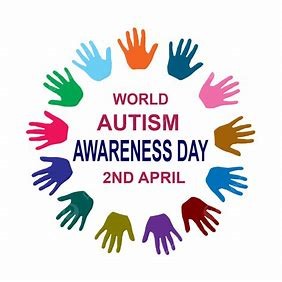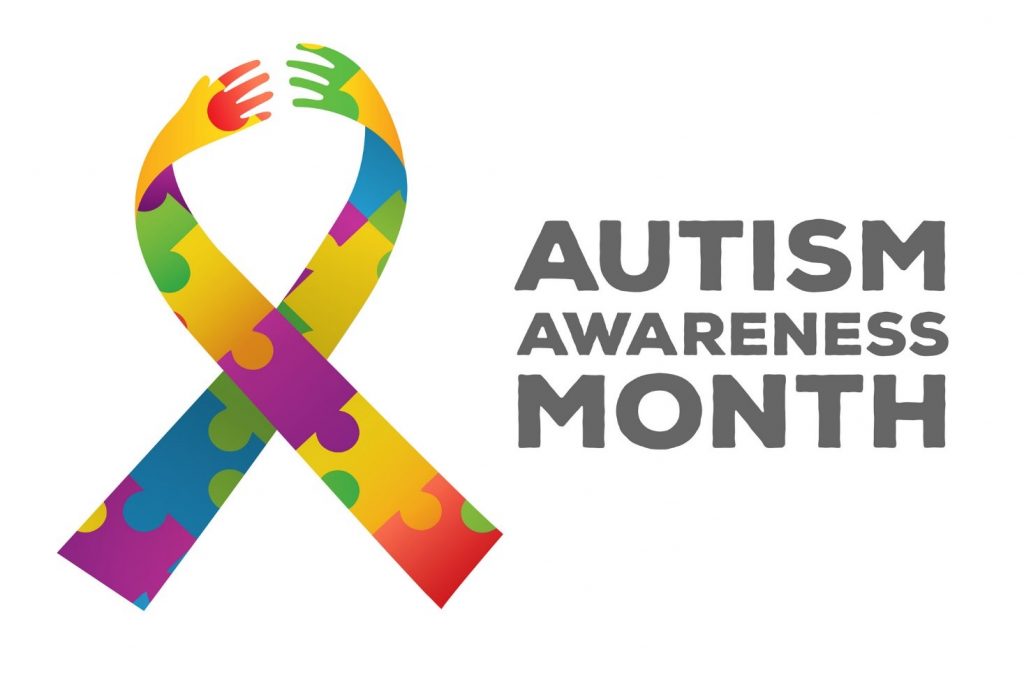
The concept of “Virtual Autism” has gained increasing attention over the past few years, particularly due to concerns about how excessive screen exposure may influence child development. This term, first introduced by Dr. Marius Zamfir, a Romanian clinical psychologist, describes a set of autism-like symptoms in young children who spend significant time interacting with digital devices during their formative years. Unlike typical autism spectrum disorder (ASD), these symptoms are often reversible when children reduce their screen time and engage more in real-world activities. The growing awareness around Virtual Autism has sparked research and discussions among healthcare professionals, parents, and educators globally.

What is Virtual Autism?
- Definition:
Virtual Autism is a condition where young children show autism-like behaviors due to excessive screen use.
- Age Group Affected:
Mostly impacts children under the age of three.
- Symptoms:
- Speech delays
- Poor social skills
- Attention difficulties
- Repetitive actions
- Difference from Traditional Autism:
- Traditional Autism: Linked to genetic and neurodevelopmental factors.
- Virtual Autism: Caused by environmental factors (mainly screen overuse).
- Recovery: Symptoms often improve or fully resolve when screen time is reduced and replaced with real-life social interaction and hands-on learning.
Possible Causes of Virtual Autism
- Prolonged Digital Exposure: Overuse of screens during crucial brain development limits real-world interaction, hindering emotional and cognitive growth.
- Limited Social Interaction: Excessive screen time reduces valuable face-to-face interactions needed for learning language, social cues, and emotional regulation.
- Insufficient Sensory Stimulation: Screens mainly engage sight and sound, lacking the rich sensory input needed for motor skill development.
- Overstimulation: Rapid visuals and sounds from screens can overwhelm a child’s nervous system, causing attention and cognitive difficulties.
Evidence and Studies
Prevalence in India
Though national data on Virtual Autism in India is scarce, regional studies have raised alarm over the increasing incidence of screen-induced developmental delays among children.
In Kashmir, the Child Guidance and Wellbeing Centre (CGWC) at the Institute of Mental Health and Neurosciences (IMHANS) in Srinagar observed that from 2019 to 2021, over 70% of children diagnosed with autism exhibited symptoms linked to excessive screen time. Out of 189 registered autism cases, 132 were attributed to excessive screen exposure. This pattern continued with 75 cases reported in 2022 and 67 cases up to October 2023 (Rafiq, 2025).
Additionally, a 2024 report from Kashmir noted that between 50% and 60% of children diagnosed with autism at the CGWC demonstrated symptoms of Virtual Autism, especially in nuclear families where parents are often occupied with work (Ahmad, 2024).
The rising number of cases associated with Virtual Autism highlights the urgent need for extensive research across India. As digital devices become increasingly integral to daily life, particularly for young children, monitoring screen time and promoting alternative activities are essential to ensure healthy cognitive and social development.
Numerous studies have supported the link between high screen time and autism-like symptoms. For example, research by Zamfir (2019) found that children diagnosed with Virtual Autism showed notable improvement in communication and social skills once their screen time was significantly reduced.
A large-scale review by Madigan et al. (2021) published in Pediatrics indicated that children exceeding two hours of screen time daily were more likely to exhibit behavioral issues, including symptoms resembling autism.
Similarly, a study conducted by Chonchaiya and Pruksananonda (2008) demonstrated a correlation between high television exposure during infancy and increased risks of language delays. This research reinforces concerns about how early and excessive screen use can impair communication development.
Christakis et al. (2018) emphasized that early childhood learning heavily depends on real-world social interactions. They noted that passive screen use limits crucial opportunities for experiential learning and social development.
Prevention and Recommendations
- Screen Time Management: According to the American Academy of Pediatrics (AAP), children under 18 months should avoid screen use except for video chatting, while those aged 2–5 years should have limited and supervised screen exposure (American Academy of Pediatrics, 2016).
- Encouraging Interactive Play: Prioritizing activities that foster communication, physical play, and real-world experiences can significantly aid in cognitive and emotional development.
- Early Diagnosis and Intervention: Healthcare providers should consider screen exposure as a potential factor when diagnosing autism-like symptoms in young children.
Virtual Autism is an evolving concern that requires further investigation to establish clear diagnostic standards and treatment guidelines. While it is not yet fully recognized within the medical community, evidence continues to suggest that excessive screen exposure during early childhood can contribute to autism-like symptoms. The encouraging aspect is that these symptoms often improve when screen time is appropriately managed. Therefore, collaboration among parents, educators, and healthcare professionals is essential to ensure the healthy development of children in an increasingly digital world.
References
- Zamfir, M. (2019). Study on the impact of excessive screen time on young children. Journal of Child Psychology and Psychiatry.
- Madigan, S., Browne, D., Racine, N., Mori, C., & Tough, S. (2021). Association Between Screen Time and Children’s Performance on a Developmental Screening Test. Pediatrics, 148(4).
- Christakis, D. A., Ramirez, J. S. B., Ferguson, S. M., Ravinder, S., & Ramirez, J. M. (2018). How early media exposure may affect cognitive development: A review of the evidence. Pediatrics, 140(S2).
- American Academy of Pediatrics. (2016). Media and Young Minds. Pediatrics, 138(5).
- Chonchaiya, W., & Pruksananonda, C. (2008). Television viewing associates with delayed language development. Acta Paediatrica, 97(7), 977-982.
- Rafiq, M. (2025). Virtual Autism in Kashmir: Rising Concerns. Greater Kashmir.
- Ahmad, S. (2024). Virtual Autism among Children in Kashmir: A Growing Issue. Rising
Kashmir.
- Garg RK, Garg P, Sharma P, Kumar Y, Niwas R, Singh J, Singh S. Virtual autism among children: A leading hazard of gadget exposure and preventive measures. J Educ Health Promot. 2024 Feb 26;13:76.
By Priyanka Puri Dhiman
Assistant Professor, Department of Psychology
School of Health Sciences
Sushant University.
